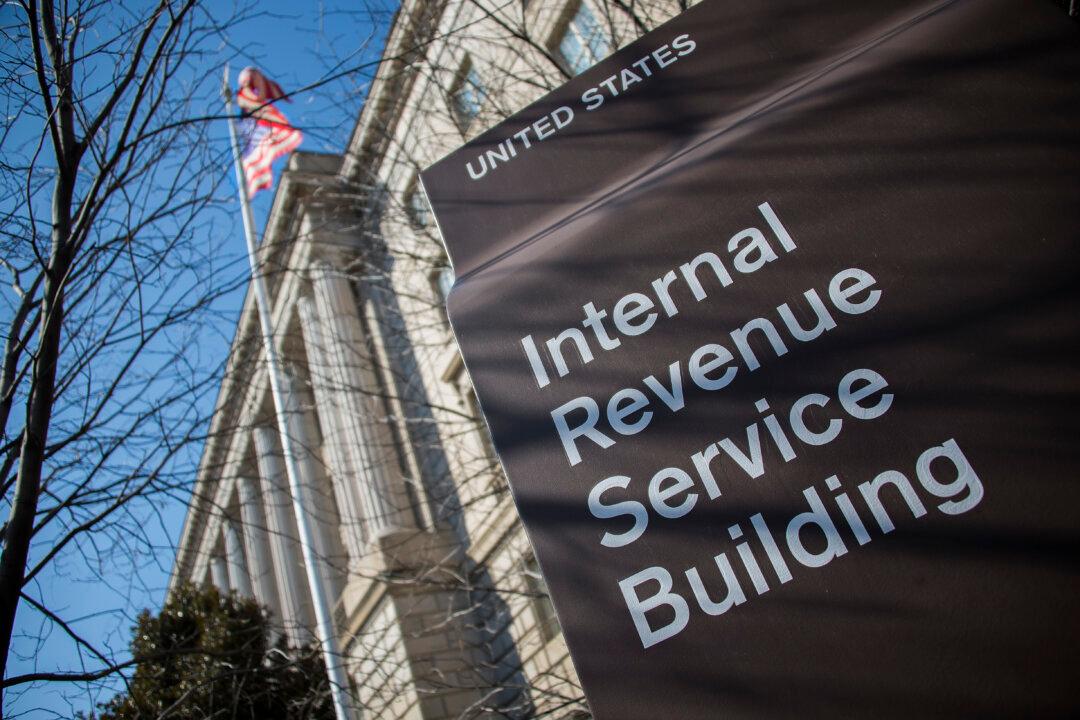New changes to the Internal Revenue Service’s policies for 2023 will see lower taxes for some Americans, as the revised rules come into effect.
Rising costs have prompted the tax service to implement several changes affecting millions of citizens, as more deal with higher prices.





